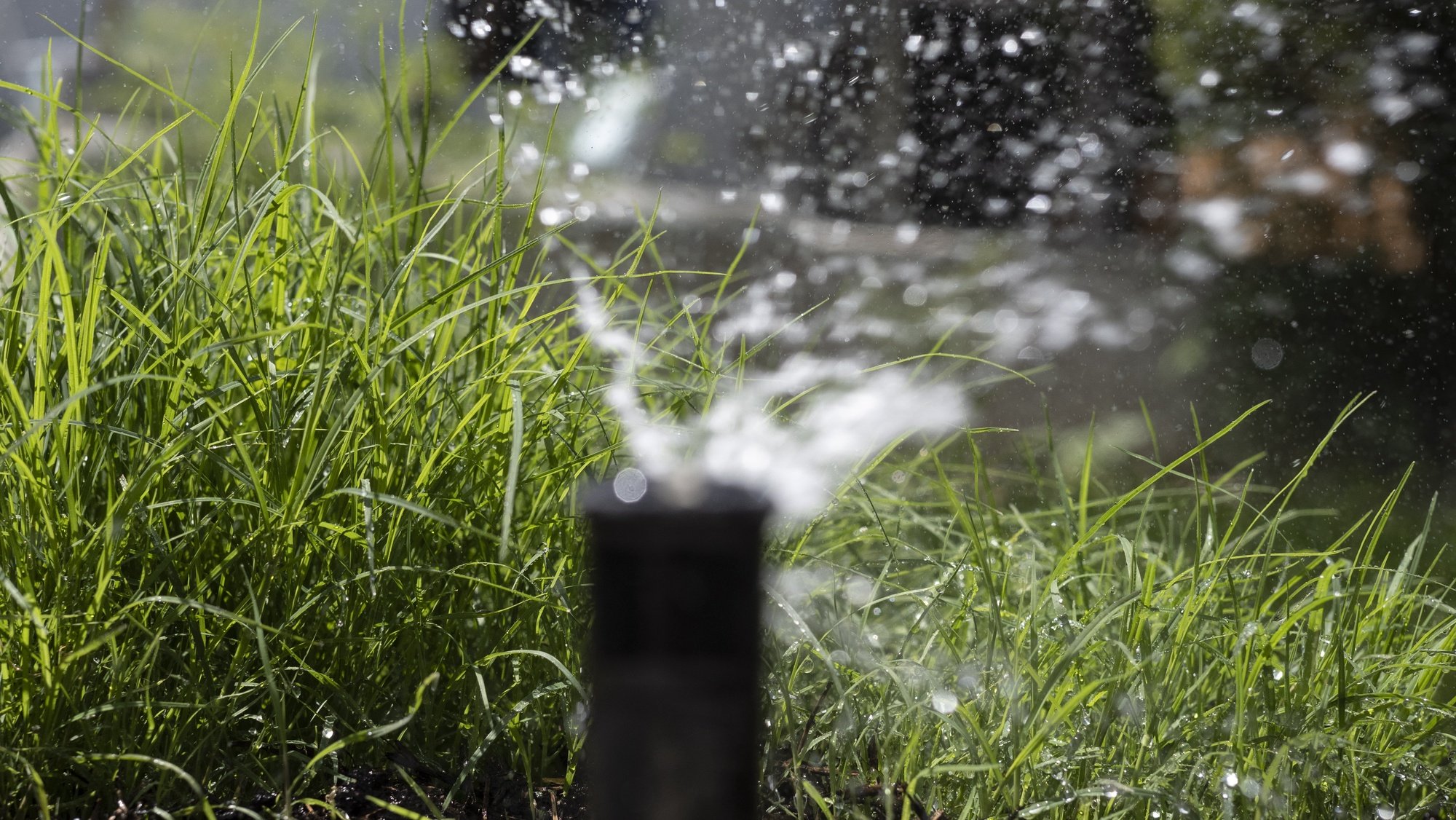Municipalities across the country have taken measures to minimize the general drought situation, including reducing garden watering, using recycled water for washing, reducing flows, and more awareness campaigns.
Since October of last year, it has rained practically half of what would be a normal hydrological year, according to the Portuguese Institute of the Sea and the Atmosphere (IPMA) on August 9.
At least eight thousand people from 50 towns in the Trás-os-Montes region are supplying themselves this summer with the help of tank trucks due to the lack of water in the supply systems, specifically in the municipalities of Carrazeda de Ansiães, Bragança , Macedo de Cavaleiros, Alfândega da Fé, Mogadouro and Vimioso, in the district of Bragança, and Alijó, in the district of Vila Real.
In Beja, the public water supply is also being carried out through tank trucks in locations in six municipalities served by the Águas Públicas do Alentejo (AgdA) system, in the towns of Aljustrel, Mértola and Moura (in the Beja district), Alcácer do Sal and Santiago do Cacém (Setúbal) and Montemor-o-Novo (Évora).
Among the measures already adopted by the municipalities to reduce the consumption of water from public supply networks is the control of irrigation and the use of non-drinking water from natural channels in public spaces and gardens and the alteration of the flora to native species. more weather resistant. , as in the municipalities of Amarante, Penafiel and Paredes, in the district of Porto.
The deactivation and reprogramming of automatic irrigation systems or the creation of wells in urban parks to save water from the network are some of the measures implemented by other municipalities in Greater Porto, such as Gondomar, Matosinhos, Gaia and Santo Tirso, which have also turned off the fountains and reduced the water available in drinking fountains and public fountains.
In addition to reducing irrigation, the Câmara de Reguengos de Monsaraz, Évora, announced the installation of high water efficiency equipment in municipal buildings, as well as campaigns with the population with advice to reduce consumption in the water bill itself.
In Beja, the Chamber of Almodôvar informed the population about which wells and public wells are not used for human consumption, but are used for watering or watering animals.
In the district of Leiria, this municipality and the municipality of Nazaré have chosen to invest in new reservoirs to increase water storage capacity, while the Chamber of Porto de Mós is reinforcing supervision to prevent fraudulent use of water, especially metering connections and misuse of public hydrants. and sources, especially in areas where “consumption higher than usual” was detected.
In the Algarve, several municipalities decided to close municipal swimming pools and ornamental fountains or install flow reducers, and the Tourist Region of the Algarve also proposed to tourist developments to reduce the water in ornamental fountains, in the irrigation of green spaces and in the renewal of water in swimming pools as contingency measures to respond to the drought situation.
The Câmara de Loulé, for example, will keep the indoor swimming pools of the municipal seat and Quarteira closed until September, in addition to closing the outdoor swimming pools of Loulé and Salir on Monday, Tuesday and Wednesday, starting next Monday.
In Castro Marim, the water reservoir of the town of Corte do Gago is supplied daily by a tanker truck since the wells that supplied the town dried up. This situation has already led the mayor, Francisco Amaral, to criticize the political decision makers for the “delay” in the construction of the water desalination plant, and, like the neighboring mayor of Alcoutim, Osvaldo Gonçalves, to defend the construction of a dam on the Foupana stream, a tributary of the Guadiana river.
The 19 chambers of the Duero Intermunicipal Community (CIM) also decided to inspect the springs, wells and intakes. In Abrantes, Santarém, the Chamber will advance with a global project to collect water from alternative sources and implement smart meters that allow automatic reading of water consumption and identify leaks.
In Lisbon, a recommendation for the sustainable management of water in the city was approved and green spaces began to be irrigated with reused water, while Sabugal (Guarda) and Torres Vedras (Lisbon) reviewed their respective Contingency Plans for Drought Situations.
Awareness campaigns have also been carried out on the misuse of water and means of combating waste from the north to the south of the country, such as in Tondela, Alcácer do Sal and Guarda, where the Chamber appealed to residents and emigrants who spend their vacations in the municipality to those who have “regulated consumption”.
In Alijó, a municipality in the Vila Real region also affected by an extreme drought, four young people exchanged their vacations for volunteering and this summer they are raising awareness among the population of some 50 villages in the municipality to save water.
The company Águas Públicas da Serra da Estrela (APdSE), based in Seia, called on consumers to reuse water whenever possible, take quick showers, brush their teeth or hands with the tap closed, flush the toilet halfway, use fully loaded washing machines and dishwashers, repair plumbing leaks, don’t waste water when watering, and don’t hose down cars (opt to use a bucket).
Due to the drought, the Government decreed a minimum quota beyond which the dams cannot turbine, so the drought also affects the production of electricity. The lowering of the water level was used to clean the dams and in the Alto Rabagão reservoir, in Montalegre, it was possible to remove a crashed seaplane that had been submerged since 2007. The drought situation not only covers Portugal, but also cuts across Europe and a Analysis by the World Wide Fund for Nature (WWF), published on Wednesday, indicates that around 17% of the European population is at high risk of water scarcity by 2050, which could affect 13% of Europe’s GDP.
Source: Observadora
